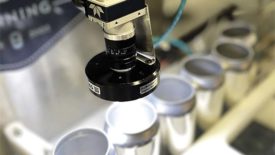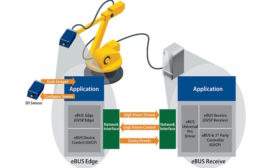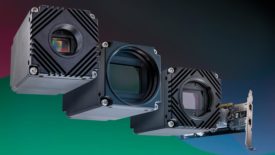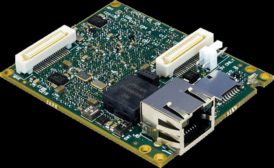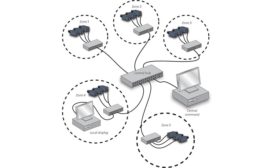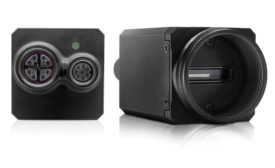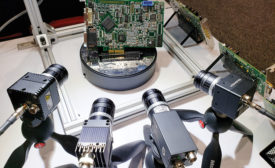Home » GigE
Articles Tagged with ''GigE''
Vision & Sensors | Machine Vision 101
The configuration of any machine vision system is dictated by the application’s demands, which include resolution, field of view, frame rate, speed of production, and interface requirements.
Read More
Vision & Sensors | Interfaces
The Next Wave of Machine Vision Interfaces
This new wave of interface design choices is significantly influenced by the electronics, mobile, and personal computing markets.
December 12, 2024
Vision & Sensors | Standards
Greater Interoperability through Unified Machine Vision Standards
Standardization and interfaces within machine vision.
June 18, 2024
Vision & Sensors | Standards
Today’s GigE Vision Standard and a Look Ahead to GigE Vision 3.0
GigE Vision has been widely adopted in various machine vision applications, including manufacturing, robotics, traffic surveillance, medical imaging, and more.
April 30, 2024
Vision & Sensors | Camera Interfaces
RDMA with 10GigE Cameras
High-speed, Maximum Reliability
February 2, 2024
Developments in Machine Vision Camera Interfaces
A number of data transfer hardware interfaces have been developed specifically for the machine vision sector over the years, including cameralink, GigE vision, USB3 vision, CoaXpress and Cameralink HS.
November 30, 2020
Applying the CoaXPress Interface in Multi-Camera Machine Vision Systems
Multiple camera systems have been a fixture in machine vision for decades. What is new is the use of CXP.
January 1, 2020
Stay in the know with Quality’s comprehensive coverage of
the manufacturing and metrology industries.
eNewsletter | Website | eMagazine
JOIN TODAY!Copyright ©2025. All Rights Reserved BNP Media.
Design, CMS, Hosting & Web Development :: ePublishing



